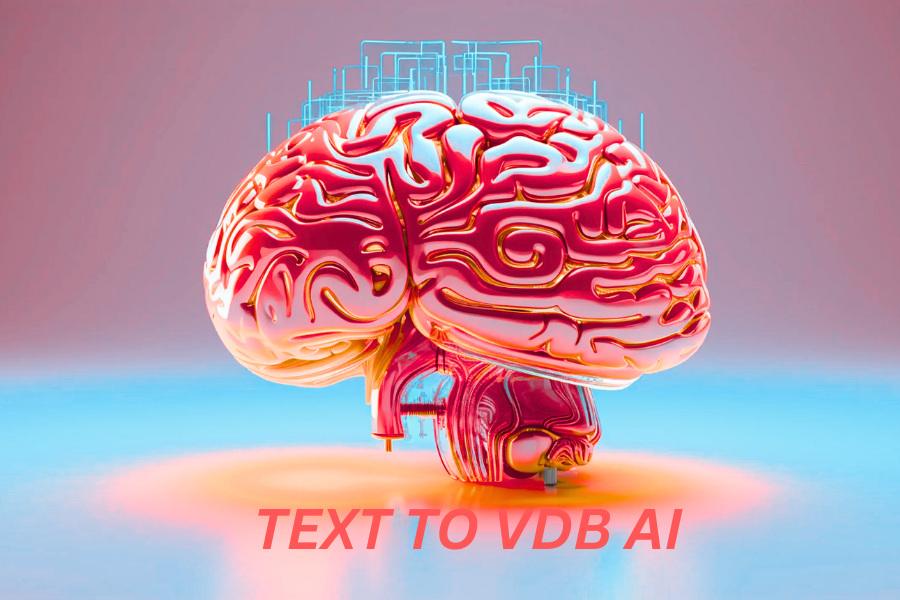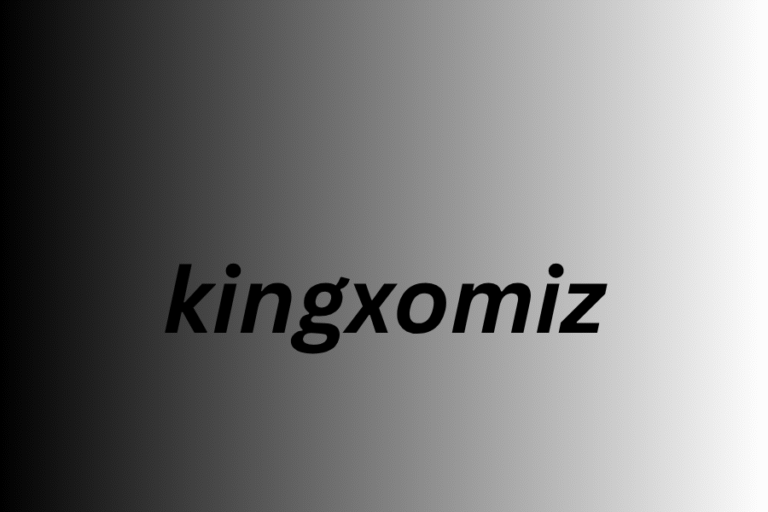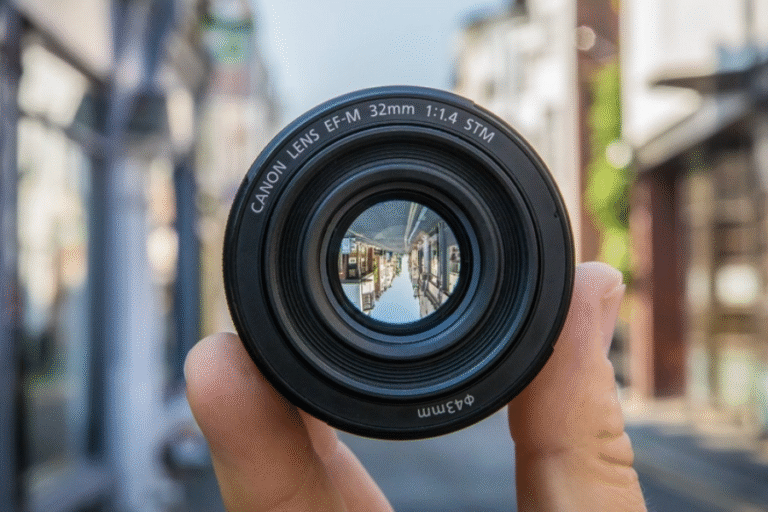How to Easily Convert Text to VDB AI: A Simple Step by Step Guide for Beginners
If you’re new to working with VDB AI and wondering how to turn plain text into this powerful format, you’re in the right place. Converting text to VDB AI might sound technical at first, but with the right steps, it’s actually quite straightforward—even if you’re a beginner. In this guide, I’ll walk you through the entire process in simple, easy-to-follow steps, so you can confidently create VDB AI files from your text without any confusion. Whether you’re working on a project or just exploring new tech tools, this guide will help you get started quickly and smoothly.
How Text-to-VDB AI Works
Text to VDB AI uses artificial intelligence to turn your written descriptions into 3D volumetric data called VDB files. When you describe an object, like “a swirling cloud” or “a smoky flame,” the AI interprets those words and generates a 3D grid that captures the shape and texture. This makes it easy for artists and designers to bring ideas to life in 3D without complicated modeling, speeding up the creative process.
The Benefits of Using Text to VDB AI
Text to VDB AI makes creating 3D volumetric effects much easier and faster. Instead of building complex models by hand, you simply describe what you want, and the AI generates detailed 3D data automatically. This saves time, reduces the need for advanced technical skills, and opens up creative possibilities for artists, designers, and animators. Plus, it helps bring ideas to life quickly, making the whole 3D design process more accessible and efficient.
How Text to VDB AI Creates 3D Models
Text to VDB AI works by reading your text description and turning it into a 3D model made of volumetric data called VDB. It understands the key details from your words—like shape, size, and texture—and builds a 3D grid that represents those features. This allows artists and designers to get realistic, complex 3D models quickly, without having to manually sculpt or design every detail.
Best Software for Text to VDB AI
There are several great software options that help turn text into VDB files, making 3D creation easier and faster. Some popular tools combine AI with 3D modeling to generate volumetric data from descriptions, including platforms like Houdini with AI plugins, OpenVDB-based tools, and emerging AI-powered apps designed specifically for text-to-3D workflows. These programs save time and simplify complex 3D design, perfect for artists, animators, and VFX professionals.
Boosting the Speed of AI Learning
Speeding up AI learning means helping machines understand and process data faster to improve their performance quickly. This can be done by using better algorithms, more powerful hardware, and smarter training methods like transfer learning or data augmentation. Faster AI learning saves time, reduces costs, and allows developers to build smarter applications more efficiently.
Common Pitfalls to Avoid
When working with new technology like Text to VDB AI, it’s easy to run into some common pitfalls. These include relying too much on automated results without fine-tuning, not providing clear or detailed text prompts, and skipping important steps in the 3D editing process. Avoiding these mistakes helps you get better, more accurate 3D models and makes your creative workflow smoother and more efficient.
Conclusion
The ability to convert text into Text to VDB AI files is becoming more and more important in AI, data science, and 3D modeling. By understanding how this process works and using the right tools, users can boost AI learning, increase data accuracy, and simplify their workflows.
If you work in AI or 3D modeling, mastering text-to-VDB conversion can unlock new possibilities and make your work more efficient. The better structured your data is, the stronger and more reliable your AI models will become.


